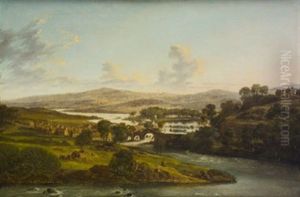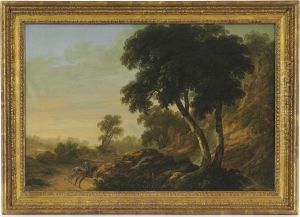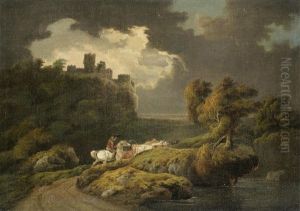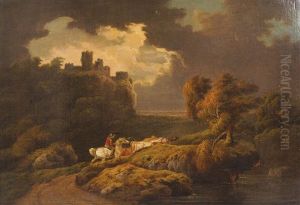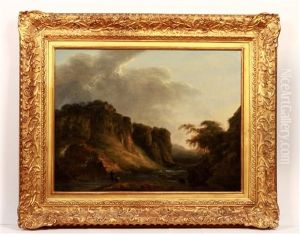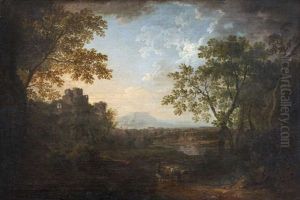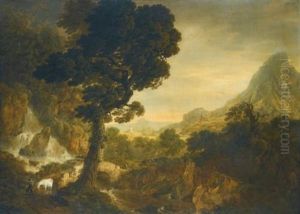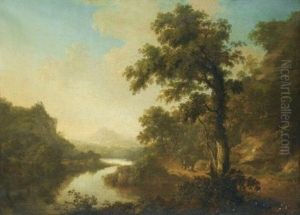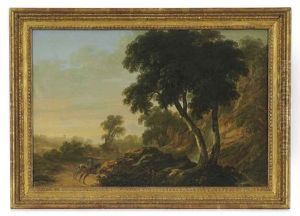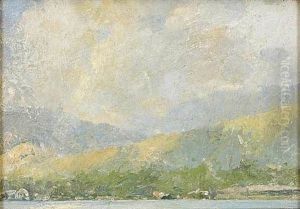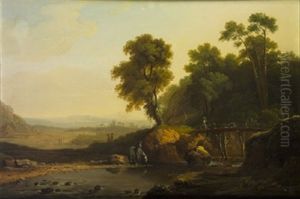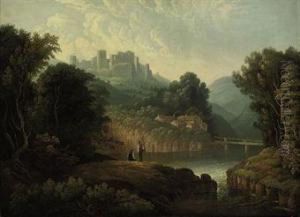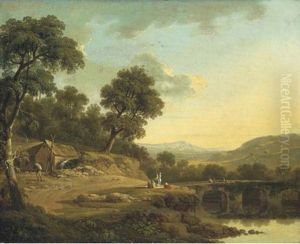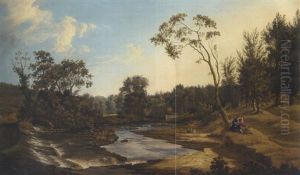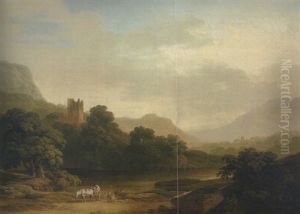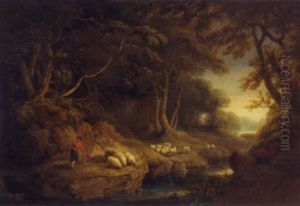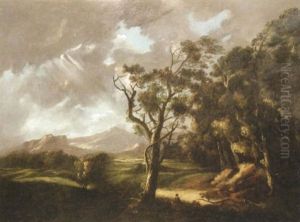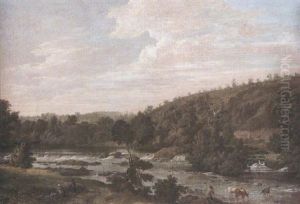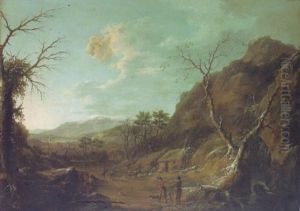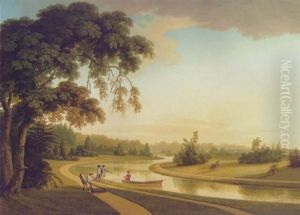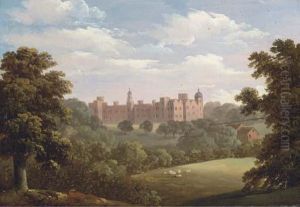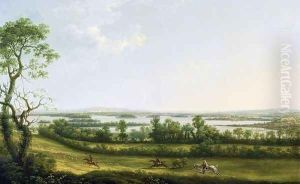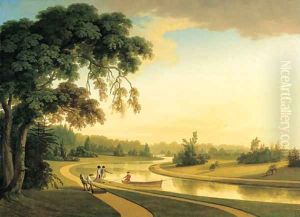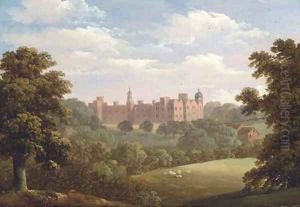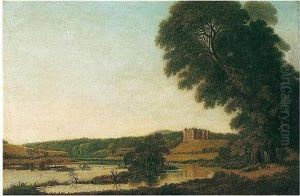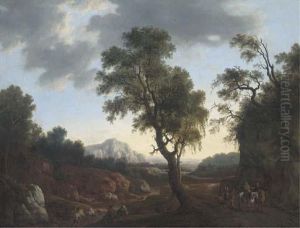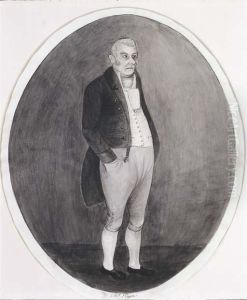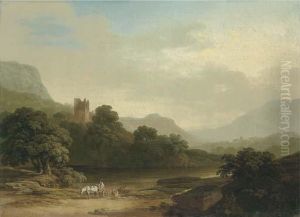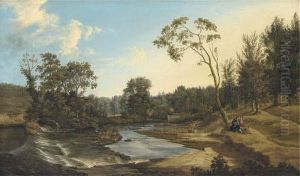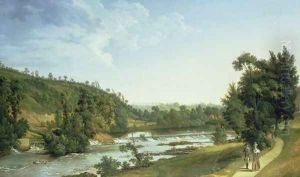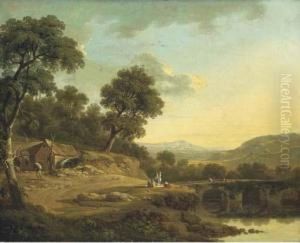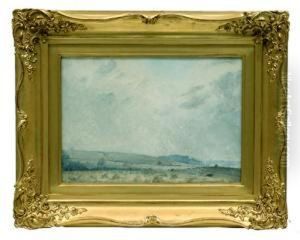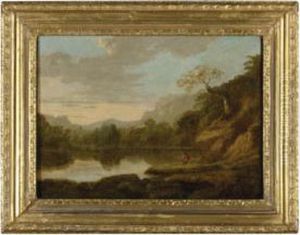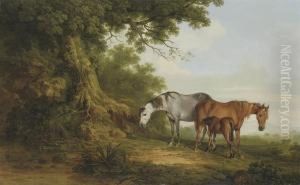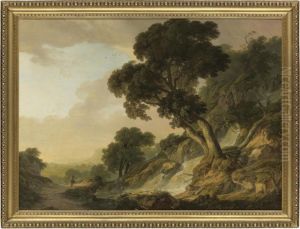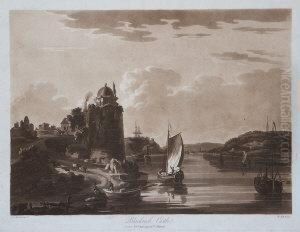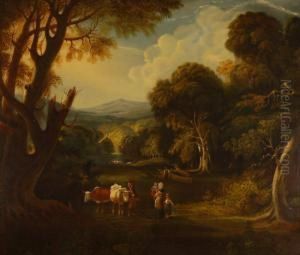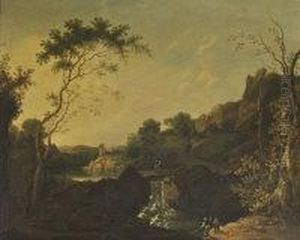Thomas Roberts Paintings
Thomas Roberts was an 18th-century Irish landscape painter, best known for his picturesque views of the Irish countryside. Born in 1748 in Waterford, Ireland, Roberts was one of the most prominent landscape artists in Ireland during his brief career. He was the son of an architect, John Roberts, who was also responsible for the design of several notable buildings in Waterford and Cork.
Roberts received his early artistic training from his father and showed an exceptional talent for drawing and painting from a young age. Seeking to further his skills, he moved to London where he studied under the landscape artist George Lambert, one of the founders of the English school of landscape painting. Roberts's exposure to the vibrant art scene in London and his studies under Lambert significantly influenced his artistic style.
Upon his return to Ireland, Roberts began to produce works that captured the unique charm of the Irish landscape. He often painted en plein air, a practice of painting outdoors to capture the natural light and atmosphere of the scene, which was innovative at the time. Roberts's landscapes were characterized by their detailed rendering of natural elements, atmospheric effects, and a sense of tranquillity.
Despite his talent, Roberts's life was marred by financial difficulties, and he struggled to gain the patronage that was essential for an artist's survival in the 18th century. His works were appreciated by a small circle of connoisseurs and collectors, but widespread recognition eluded him during his lifetime.
Thomas Roberts's career was cut short by his untimely death in 1777 at the young age of 29. His premature demise meant that his body of work was relatively small, but it was nonetheless significant for its contribution to the development of landscape painting in Ireland. After his death, his brother, Sackville Roberts, also an artist, continued to promote Thomas's works. Today, Thomas Roberts is recognized for his role in the Irish art history, and his paintings are considered important examples of 18th-century Irish landscape art.
